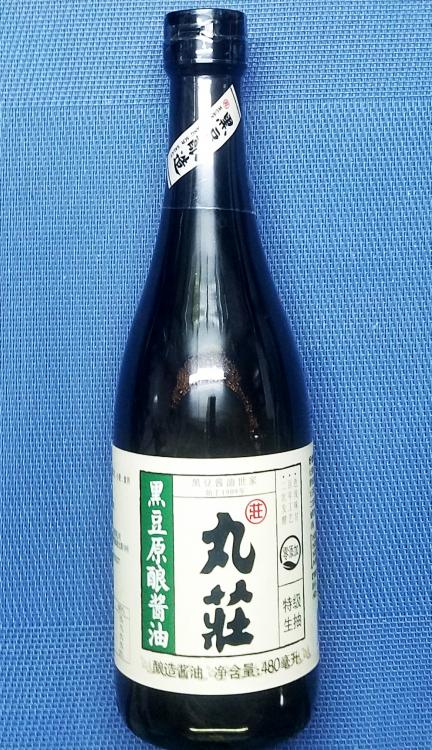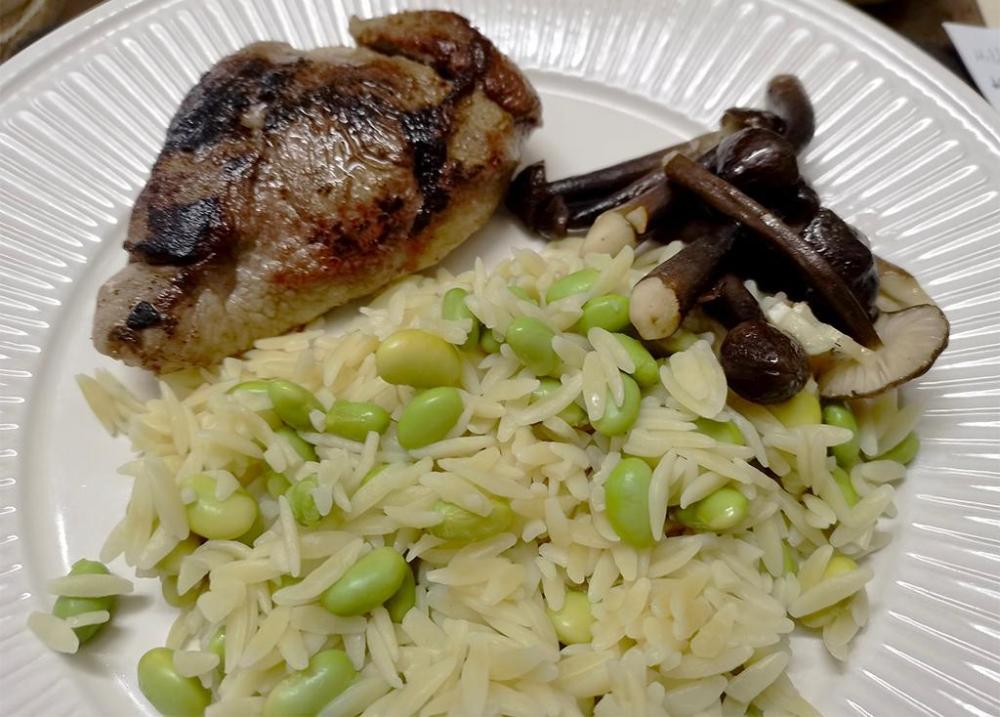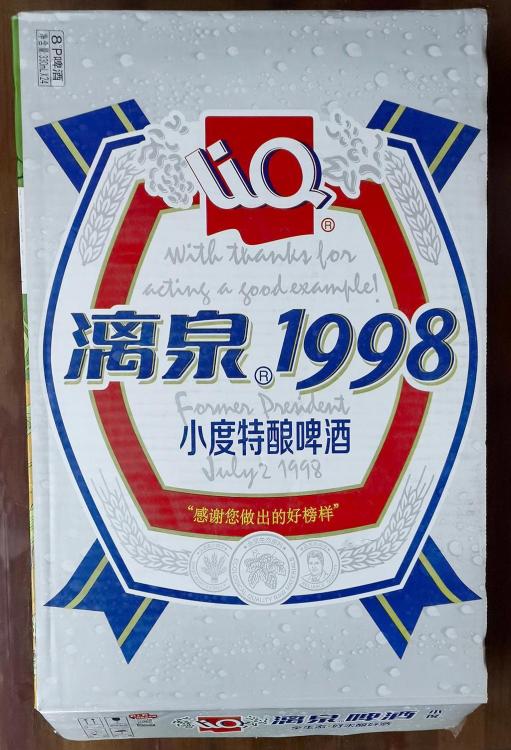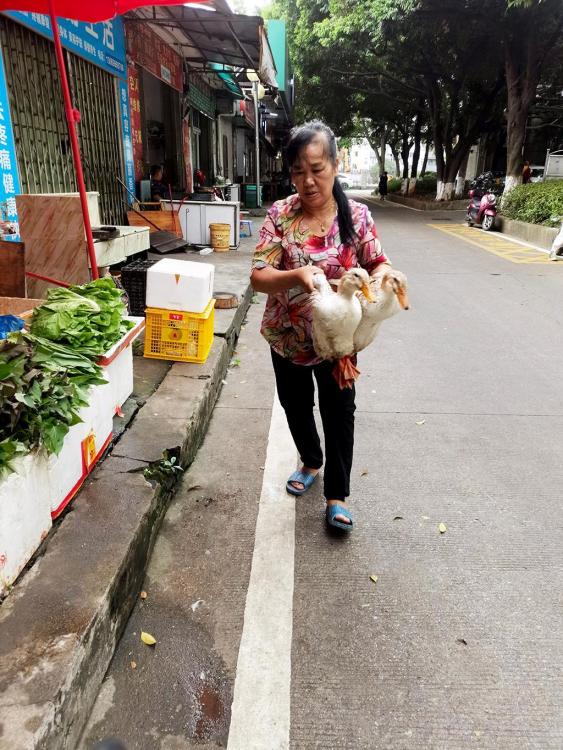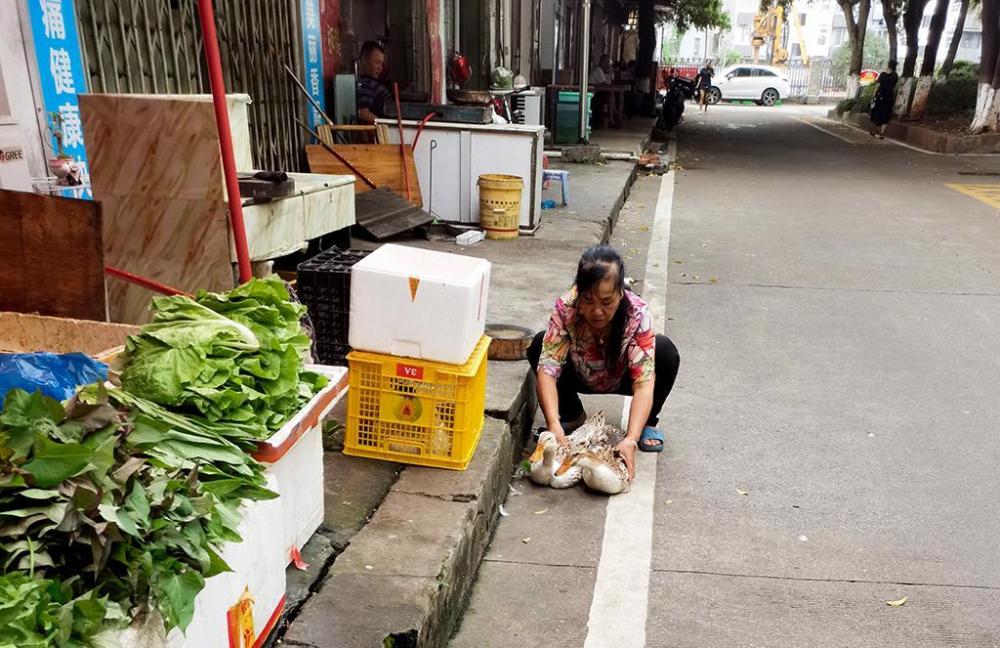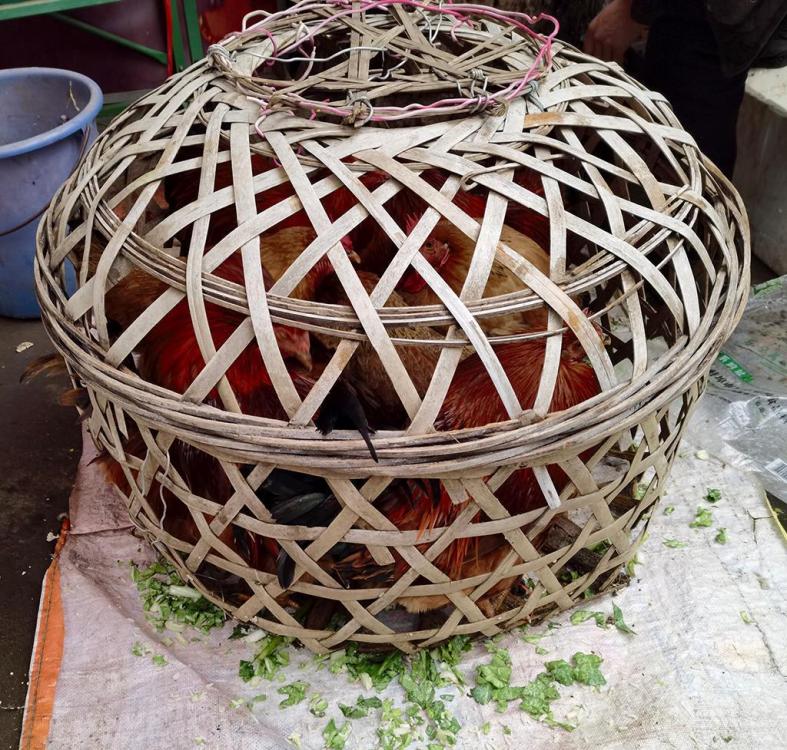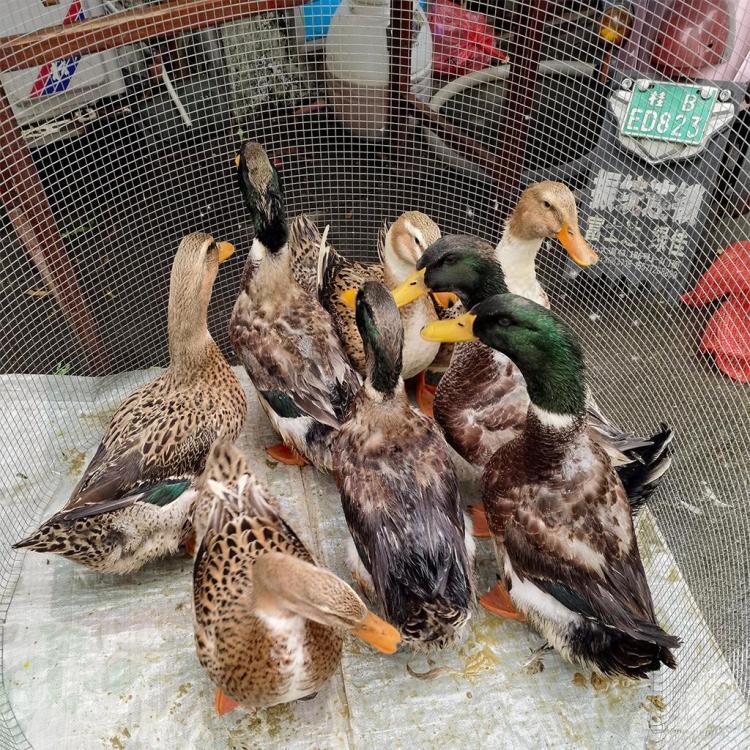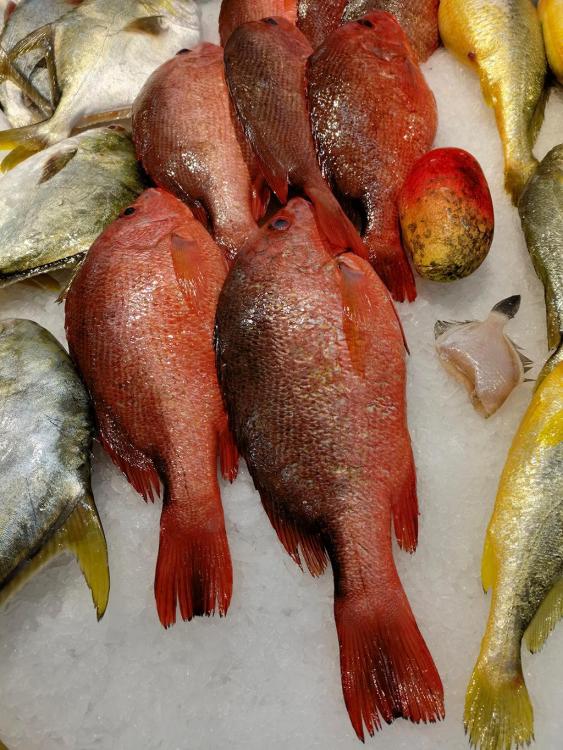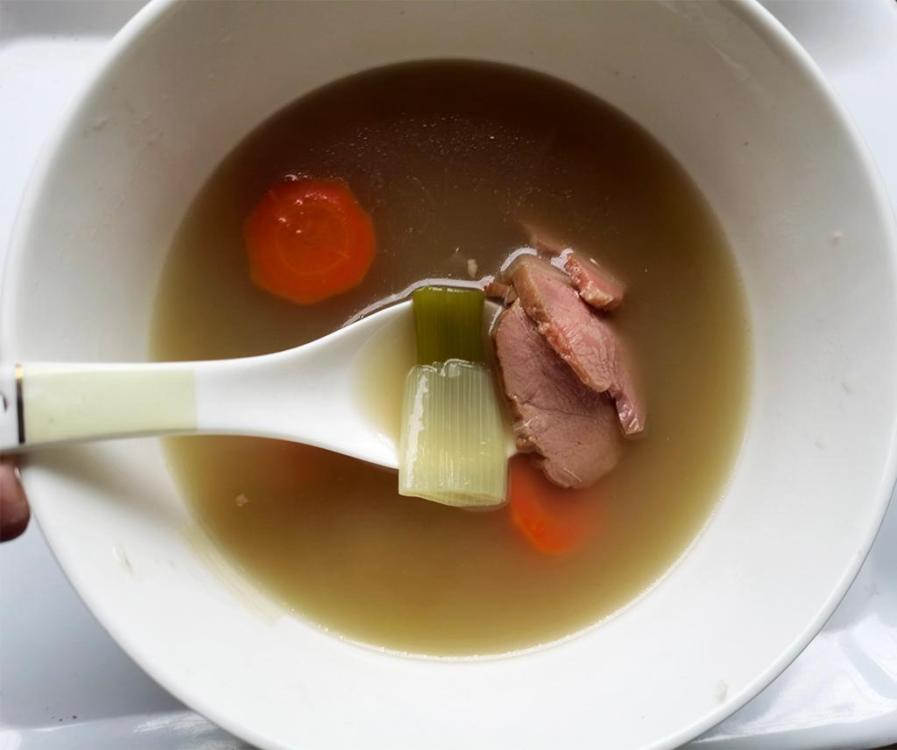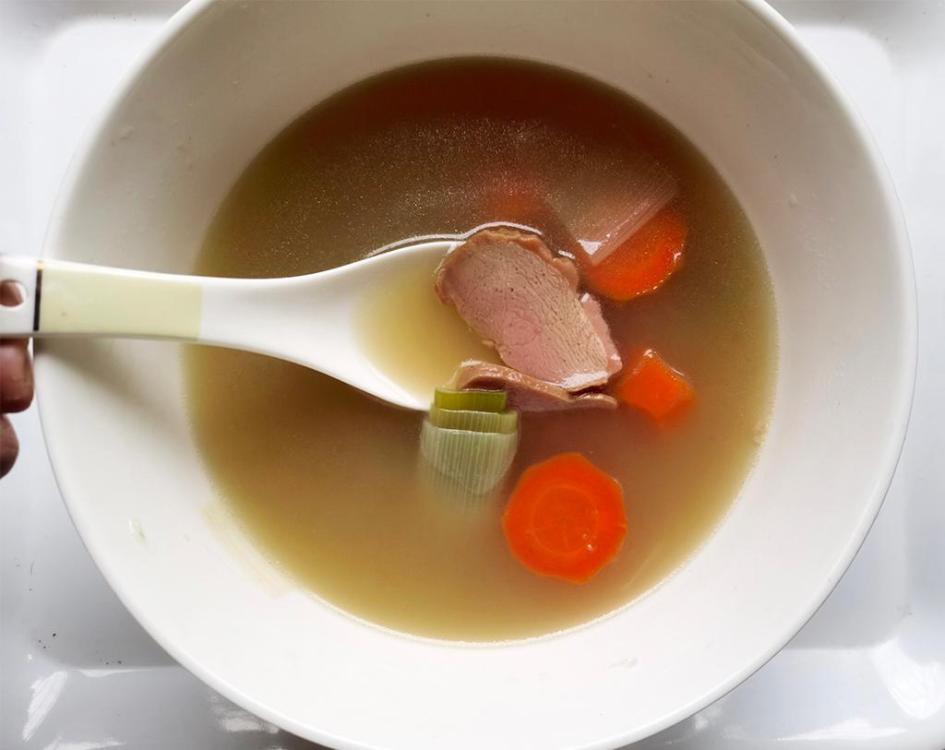-
Posts
16,665 -
Joined
-
Last visited
Content Type
Profiles
Forums
Store
Help Articles
Everything posted by liuzhou
-
I don't know why. I just checked it. It's fine.
-
This Epicurious article is a good primer on the differences between Japanese and Chinese soy sauces. It makes many of the same points I have already made.
-
First of all, in Chinese cooking, it is important to differentiate between light and dark soy sauces. They will usually be labelled as appropriate (although light is sometimes labelled as 'superior sauce' while dark is labelled as 'sauce, superior') Chinese light soy sauce is the most important. It is used for flavour. Dark is used primarily for colour. Both are often used together in the one dish, but light will predominate. A bottle of light soy lasts me maybe a month to six weeks. A same size bottle of dark lasts over a year. If you only have one, that should be light for sure. The problem with Kikkomnan regular soy sauce is that it is technically a dark soy sauce. They do make a light version, but it is uncommon. In practice Kikkoman is somewhere between the two Chinese sauces. Kikkoman regular is more of a finishing sauce. Hence why @Kim Shookfinds it on "just about every Chinese American restaurant" she has frequented. Soy sauce is never on the table in Chinese retaurants in China. That said, cooking with it won't destroy your dish, although it won't be at its best, either. My general recommendation would be to find a naturally brewed Chinese light soy sauce (brand matters little) to start, then supplement that with a dark as and when.
-
Well, for a start, let me say that I am in China and have ready access to literally hundreds of brands in the various stores and supermarkets around town. Few if any of them are likely to be available in Colombia, I would guess. I wrote about soy sauce here about a year ago. The black bean soy sauce mentioned there is my go-to choice for everyday cooking, but I have about 6 other types.. Black Bean Soy Sauce I understand that is not very helpful, but my chances of finding anything needed to cook Columbian food is equally limited, if not more!
-
I think it's more to do with good marketing. Kikkoman is available here, but only in one expensive import store.
-
Not really. Some dishes do have the word 'tiger' in their names, but they are not particularly eaten at this time. Perhaps the most famous such dish is 'tiger salad', but no one wants to be eating salad in this freezing weather!
-
Although Kikkoman is Japanese, it'll be fine in most Chinese dishes, if that's all you can get. Not my first choice, though I don't know Teshima.
-

Serious climate- and health-related concerns about gas stoves
liuzhou replied to a topic in Kitchen Consumer
I recently bought a gas detector alarm. Cost a whole $10 USD (equivalent). Detects carbon monoxide and/or methane - except it doesn't because I have no leaks. And the hood is always on. -
Er, really? It isn't even near the largest in America (and I don't mean the USA, but it's not the largest there either.) Bangkok is much bigger. Unlicensed fireworks have been illegal here for about a decade, although like so many laws in China, they pass them, but seldom enforce them. However, I haven't heard a single firework this year, probably for the first time ever.
-
Spiced pork steak with edamame orzo and 黑皮鸡枞菌 (hēi pí jī cōng jūn), 'black skin chicken fir mushroom', Oudemansiella raphanipes, with garlic. Slightly over-seared the pork, but it was cooked internally just fine.
-
Well, it's here. The place is swarming with tigers. Actually nothing is swarming at all. No one has stepped put of their doors today, as is normal. Chinese New Year's Day is very much a stay at home day. China has closed down. All the shops are closed - it reminds me of a Sunday in Scotland 50 years ago, when everything closed - shops, pubs, restaurants, cinemas, everything; even the local parks were locked up. Tomorrow, they'll start creeping back. In the meantime, I was slightly taken to task for suggesting that 粽子 (zòng zi - sticky rice dumplings wrapped in bamboo leaves) are a New Year Food. Friends from Hunan, Xi'an, Beijing and Shanghai all told me that 粽子 are only for Mid-Autumn Festival and therefore I was wrong. No. I. Wasn't. True, they are not traditional in most of China, but here in Guangxi they are very popular at CNY among some of the ethic minorities, including the Dong, Yao and Miao peoples. They are also de rigeur in neighbouring Vietnam during Tết Nguyên Đán, the Vietnamese equivalent of CNY. So, instead of being surrounded by tigers I'm surrounded by discarded bamboo leaves which I can't throw out. One of the New Year customs is that no garbage can be disposed of and no sweeping can be done on the 1st day of the year, else you will sweep away all your year's good luck! Wouldn't want that, would we!
-
Thanks. I know elk and I know Yunnan but I also know there are no elk in Yunnan! Maybe in a zoo, but Chinese zoos are not where you want to hang out, never mind buy dinner! I guessed it was a recipe, but wasn't sure exactly. My comments on American grammar training are not suitable for a family-friendly site such as this! I just had some idiot insisting that "the" is an adjective!
-
I have ascertained that what is being sold here as 'sumac' seeds is 90% likely to be Toxicodendron vernicifluum, aka Rhus verniciflua. Also known as laquer tree seed . The sap of the trees is toxic and although the species is used in traditional medicine, it is NOT recommended for consumption, so I will be passing on it. I will not therefore be updating that post.
-
This is sort of turning into a story about my mom 'n pop store, but it's so cold I am not venturing much further lately. This morning I popped out among the red lanterns, which have appeared everywhere, to pick some vegetation to supplement some freezer meats. They only ever have a very limited choice but I found some nice spinach. In fact the choice was more limited than usual as tonight is New Years Eve and what they don't sell today, they'll have to eat themselves or bin. They won't be open tomorrow - maybe not for the next few days. With this in mind, I thought to grab myself a couple of 6-packs of beer. Pop suggested it would be better to take four 6-packs to tide me over the next few days! Damn good idea! They do look after me.
-
It transpires that certain types of sumac are poisonous, possibly including the one I find here. It is not used in a culinary manner here, but in TCM (Traditional Chinese Medicine). I have removed it until I can confirm its edibility or lack of such. With it being the start of the two-week long Chinese Spring Festival tonight, that process may take a while.
-
-
I have removed this post while I double check some facts. A potential problem has been identiified. Sorry.
-
The mom and pop shop also usually has one or two ducks on sale; maybe a couple of chickens. Here is Mom herding her ducks on a normal day. When I passed today, she had slightly more ducks and had fashioned a cage. And she had a dozen chickens in this basket. All poultry is, of course, sold live but she will do the deed, if you insist. Few do.
-
Spotted these in the supermarket this morning. They are 红鱼 (hóng yú) which translate directly as 'red fish'. Well, we knew that, thanks! As far as I can make out they are some type of red snapper, but there's a lot of those.
-
Continuing my pre-Chinese New Year clearance, tonight's dinner was a sort of leftover bánh mì or three. Made with homemade chicken liver pâté and roasted rabbit meat, plus the usual accompaniments. No pictures, sorry.
-
Leftover lunch Clearing out for the upcoming Chinese New Year. Freezer stock made from a Beijing Duck carcase and stray vegetables (discarded afterwards). Added leeks, garlic and carrots to the soup, then some some pre-cooked honey roasted duck breast (also from freezer). Added some Vietnamese fish sauce near the end to counteract the sweetness of the honey. Bowl 1 Bowl 2
- 869 replies
-
- 10
-

-





